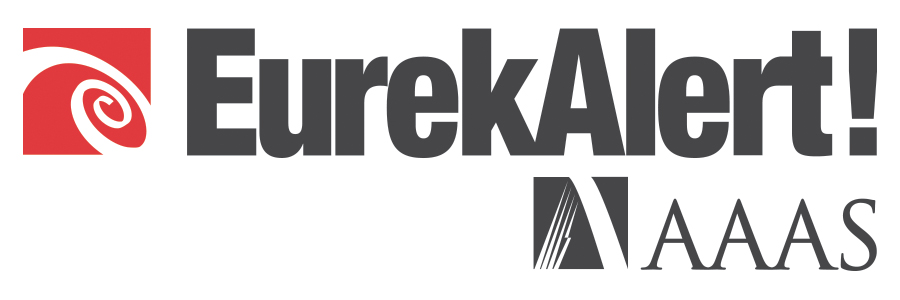
DURHAM, N.C. – Engaging disenfranchised men who have sex with men (MSM) living with HIV in the U.S. is possible, but the best way to help them achieve and maintain viral suppression is not yet known, according to findings from HPTN 078 being reported today at the 10th IAS Conference on HIV Science (IAS 2019) in Mexico City. Although almost all participants were retained in the study, only half were virally suppressed at the end of one year.
HPTN 078 was designed to compare the effectiveness of a combined HIV prevention strategy, including a peer-to-peer referral method to recruit MSM living with unsuppressed HIV and an intervention to help them achieve and maintain viral suppression, to the standard of care. Specifically, researchers used direct deep-chain, respondent-driven sampling (DC-RDS), augmented with direct recruitment, to identify gay, bisexual and other MSM with unsuppressed HIV.
In the U.S., the HIV epidemic is concentrated among gay and bisexual men and transgender people, particularly those who are black or Latinx. HPTN 078 enrolled study volunteers in four U.S. cities with high HIV burdens–Atlanta; Baltimore; Birmingham, Alabama and Boston. Overall, 1,305 individuals (95 percent identified as male, 69 percent as black and 12 percent as Latinx) were screened, among whom 902 (69 percent) were living with HIV and 154 (12 percent) were virally unsuppressed. Of those with unsuppressed HIV, 144 (94 percent) were enrolled in the study and assigned to either the intervention or the standard of care. In the study cohort, 97 percent identified as male and 2 percent as transgender female; 84 percent were black, and 7 percent were Latinx. Two-thirds were unemployed, and 64 percent reported an annual income of less than $20,000. Most (86 percent) reported having previous experience with antiretroviral therapy (ART) to treat HIV.
Study participants randomly assigned to the case management intervention worked with a case manager who helped them navigate health system, made referrals to supportive services and provided tailored support for ART adherence. These study participants were also offered automated motivational messages and reminders to take their medications and attend appointments by text, email or phone. Participants were able to choose the frequency and content of interactions with the case manager and automated messaging. Study participants enrolled in the standard of care arm were offered existing programs for supportive services, ART initiation, adherence and retention in care at participating HIV clinics in the study communities.
After one year, 91 percent of the participants remained in follow-up in the study with 48 percent achieving viral suppression. However, there were no difference in viral suppression noted between participants who received the case management intervention and those who received the standard of care. Researchers noted a steady increase in overall viral suppression over time – 28 percent at 3 months, 36 percent at 6 months, 39 percent at 9 months – suggesting that the study participants had to overcome personal, practical and structural barriers before achieving success.
“The findings from HPTN 078 are encouraging. We were able to engage a population into care that historically has been hard to reach,” said Dr. Wafaa El-Sadr, HPTN co-principal investigator, and professor of epidemiology and medicine at Columbia University in New York. “We are compelled by the value of ART for individual and societal benefits to continue to seek comprehensive strategies that will succeed in reaching and engaging all persons living with HIV with effective treatment interventions.”
“HPTN 078 has shown us that we can reach and engage MSM living with HIV in the U.S., and it was encouraging that most were virally suppressed. But those living with unsuppressed HIV are in real need of re-engagement, facing multiple social and structural challenges including poverty, high rates of unemployment and self-reported stigma.” said Dr. Chris Beyrer, HPTN 078 protocol chair.
“These findings remove the idea that we cannot reach people who are currently not engaged into care,” said Dr. Robert H. Remien, HPTN 078 protocol co-chair. “We were able to enroll 94 percent of eligible study participants. The data shows that the longer people were in the study, the more likely they were to be virally suppressed.”
“The HPTN is committed to helping address the epidemic in the communities with the highest burden of HIV,” said Dr. Myron Cohen, HPTN co-principal investigator and director of the Institute for Global Health at the University of North Carolina in Chapel Hill. “What we’ve learned in HPTN 078 will guide the development of new research to reduce HIV among MSM in the U.S., in keeping with the government’s initiative to end HIV in America.”
###
For additional information about HPTN 078, hptn.org, or ClinicalTrials.gov using identifier NCT02663219. The HIV Prevention Trials Network is sponsored by the U.S. National Institute of Allergy and Infectious Diseases, the U.S. National Institute of Mental Health, and the U.S. National Institute on Drug Abuse, all components of the U.S. National Institutes of Health.
About HPTN
The HIV Prevention Trials Network (HPTN) is a worldwide collaborative clinical trials network that brings together investigators, ethicists, community members and other partners to develop and test the safety and efficacy of interventions designed to prevent the acquisition and transmission of HIV. NIAID, NIMH and NIDA co-fund the HPTN. The HPTN has collaborated with more than 85 clinical research sites in 19 countries to evaluate new HIV prevention interventions and strategies in populations that bear a disproportionate burden of infection. The HPTN research agenda – more than 50 trials ongoing or completed with over 161,000 participants enrolled and evaluated – is focused primarily on the use of integrated strategies: use of antiretroviral drugs (antiretroviral therapy and pre-exposure prophylaxis); interventions for substance abuse, particularly injection drug use; behavioral risk reduction interventions and structural interventions. For more information, visit hptn.org.
Disclaimer: AAAS and EurekAlert! are not responsible for the accuracy of news releases posted to EurekAlert! by contributing institutions or for the use of any information through the EurekAlert system.

